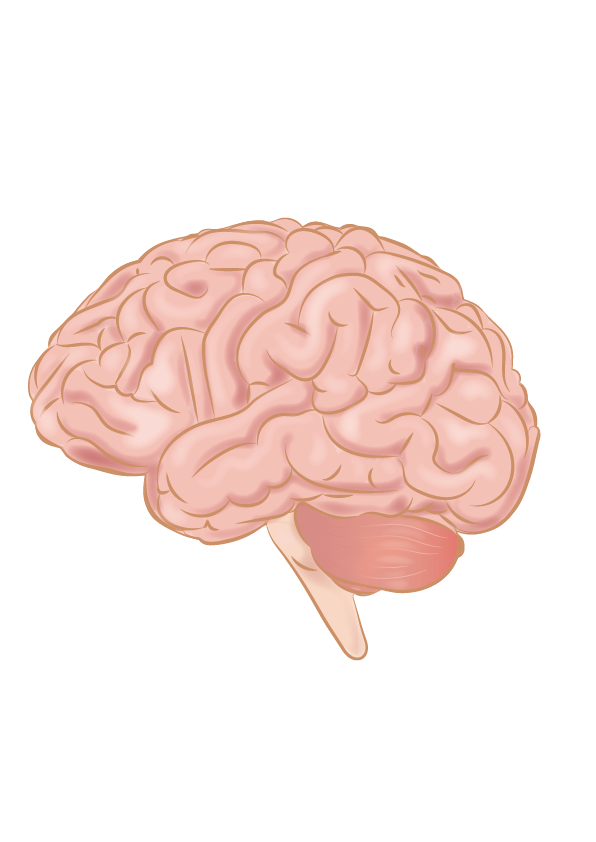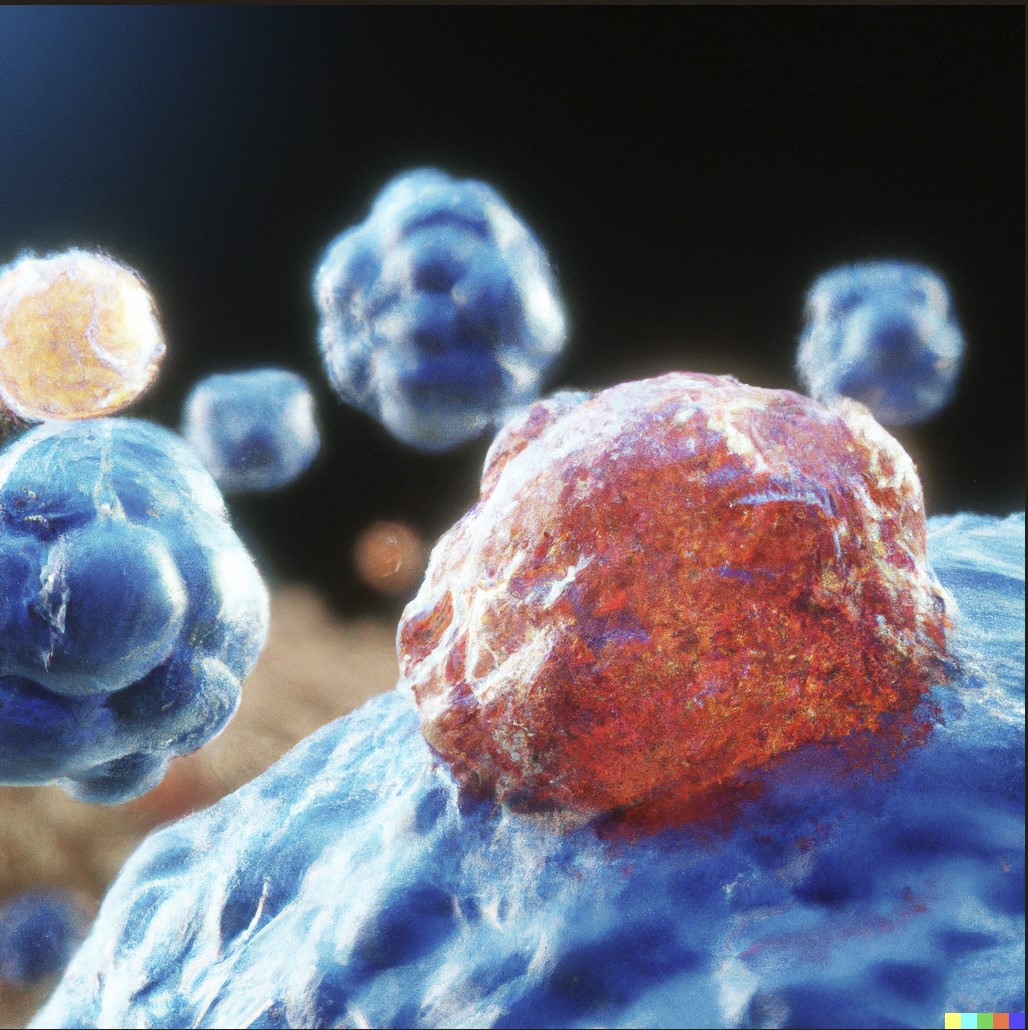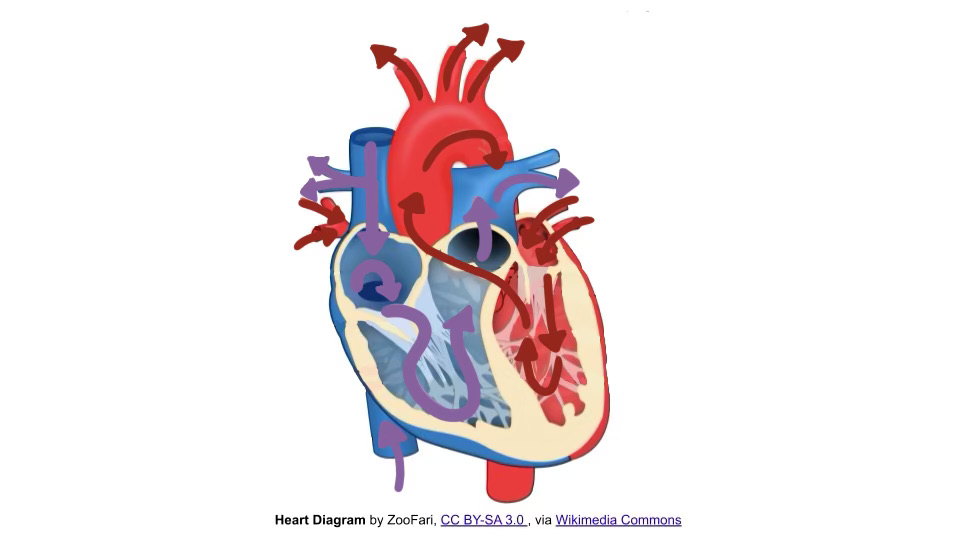A team of researchers in Virginia are working on something that could change how wireless networks function. Instead of focusing on making networks faster or more powerful, their work looks at how to make them think: not like a machine, but like a human.
The group, based at Virginia Tech, is developing a new system called an AGI-native network. AGI stands for artificial general intelligence, a form of artificial intelligence designed to learn and apply knowledge across a wide range of situations, much like a human mind.
Unlike today’s AI tools, which are usually trained for very specific tasks, AGI is built to understand context, solve new problems and adapt without being reprogrammed.
These AGI-native networks are being designed to do more than just carry out pre-programmed tasks. The researchers want them to handle complex situations, recognize what is happening around them and adjust on their own without waiting for specific instructions.
The idea is to make the network act not like a robot following commands but more like a system that can figure things out and respond in a way that makes sense.
The team includes Dr. Walid Saad, a professor of electrical and computer engineering, along with Ph.D. student Omar Hashash and Christo Thomas, a postdoctoral researcher. They believe future networks must go beyond simple upgrades and evolve into systems that can understand the world they operate in.
The structure they proposed includes three main parts. The first is perception, where the system gathers and interprets information.
The second is a world model, which helps the network form a digital understanding of how things work.
The third is planning, where the system makes decisions based on what it has learned and what it wants to achieve.
What makes their idea different is the goal of giving networks something close to common sense. “The current level of AI is good at extracting statistical relationships from data, but it is very bad at reasoning and generalizing to novel, unexpected situations,” Saad explained. The proposed network would be able to adapt in real-time, even when things do not go as expected.
A big part of this system involves digital twins. These are detailed virtual versions of real-world places or systems, such as a hospital or a transportation network.
Using digital twins, a network could simulate different situations and figure out the best way to respond.
Scenarios could range from managing resources during an emergency to improving efficiency in day-to-day operations.
As more people step into virtual worlds and digital experiences become more immersive, wireless systems will need to do more than carry data. They will need to manage time, space and even user behavior. “To fuse the real world with a virtual world, you basically have to mirror it. This is not something that old school AI can do,” Saad established.
Hashash pointed out that these two fields, wireless technology and AI, are evolving together. “The next generation of wireless networks and AI are converging hand in hand,” he said precisely. He and the team believe that instead of applying existing AI tools to networks, the systems themselves must first be designed to learn and reason.
While a fully intelligent wireless network may still be years away, the researchers believe parts of it can already be applied. Results from the team of researchers point toward a smarter and more connected future.









